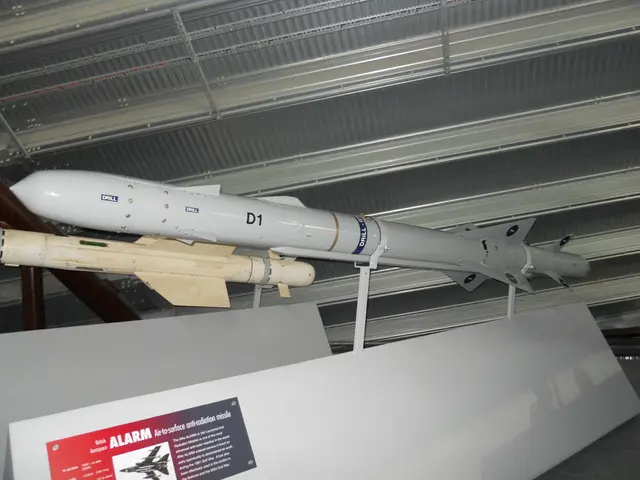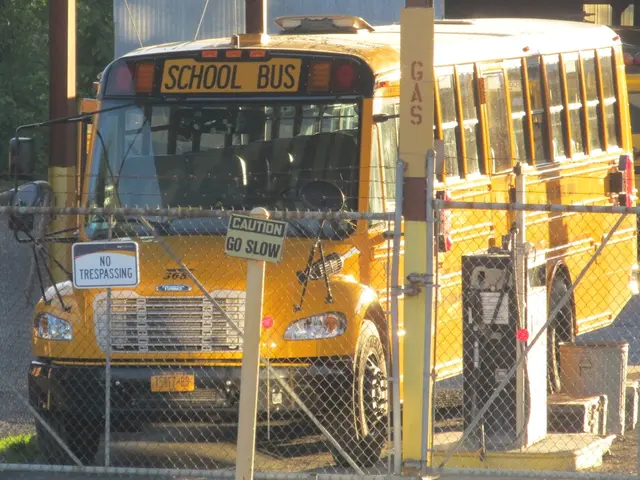Government to Implement Regulations for Delivery Robots Operations
Russia is set to legalize delivery robots, also known as rovers, on public roads with the introduction of an experimental legal regime (ELR). The draft government resolution, currently under public discussion until August 27, outlines rules for their commercial operation and separate traffic rules [1].
Yandex, a tech giant in Russia, has already been operating delivery robots in Moscow, Innopolis (Tatarstan), and Murino (Leningrad Oblast). They are also expected to be introduced in 37 regions, including Udmurtia, Krasnodar and Krasnoyarsk Krais, Kaluga, Rяazan, and Tyumen Oblasts [2].
The ELR aims to provide a legal framework for these robots to operate safely alongside other road users. The draft resolution is expected to include stipulations on the robots' registration or approval process, technical parameters such as size, speed, navigation abilities, sensors, and fail-safe features, as well as limitations on where and how they can deliver goods [1].
However, the precise details of the draft regulation’s traffic and technical provisions are not yet available in the accessible documents [1]. The specifics, such as the stipulated traffic rules (e.g., interaction with pedestrian zones, right of way, speed limits) and technical requirements (e.g., maximum weight, autonomy capabilities, communication systems), remain to be seen in future official documents or government publications.
Under the ELR, delivery robots will have speed limits of 25 km/h on roads, 10 km/h on sidewalks, and 6 km/h when crossing roadways [3]. In Moscow, these robots are estimated to make around 30,000 deliveries per month [3].
Each rover will be insured for up to 500,000 rubles in case of damage to life, health, or property of others [4]. The project also sets out protocols for actions in case of road traffic accidents [5].
Currently, more than 580 restaurants and other partners are connected to the service [6]. As the ELR comes into effect, the total number of delivery robots is expected to increase to 2,600 units over three years of operation [7].
[1] https://regulation.gov.ru/project/1675583/ [2] https://www.kommersant.ru/doc/4635220 [3] https://www.kommersant.ru/doc/4635220 [4] https://www.kommersant.ru/doc/4635220 [5] https://www.kommersant.ru/doc/4635220 [6] https://yandex.ru/newspaper/2021/05/26/robot-delivery-yandex/ [7] https://yandex.ru/newspaper/2021/05/26/robot-delivery-yandex/








